BY TTT NEWS NETWORK
KOLKATA, 28 JANUARY 2023
The World Heritage Committee meeting in an extraordinary session decided on Wednesday to inscribe the Rachid Karameh International Fair of Tripoli (Lebanon) on the List of World Heritage in Danger.
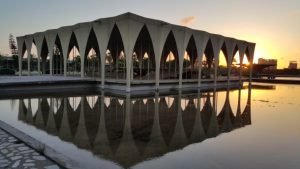
Located in northern Lebanon, the Rachid Karameh International Fair of Tripoli was designed in 1962 by the Brazilian architect Oscar Niemeyer on a 70-hectare site located between the historic centre of Tripoli and the Al Mina port. The main building of the fair consists of a huge covered hall in the shape of a boomerang of 750 metres by 70 metres, a flexible space for countries to install exhibitions.
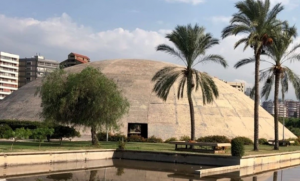
The fair was the flagship project of Lebanon’s modernization policy in the 1960s. The close collaboration between Oscar Niemeyer, the architect of the project, and Lebanese engineers gave rise to a remarkable example of exchange between different continents. In terms of scale and wealth of formal expression, it is one of the major representative works of 20th century modern architecture in the Arab Near East.
The World Heritage Committee used an emergency procedure to inscribe the site, due to its alarming state of conservation, the lack of financial resources for its maintenance, and the latent risk of development proposals that could affect the integrity of the complex.
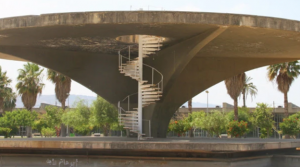
The site was therefore inscribed on the List of World Heritage in Danger, which opens access to enhanced international assistance both technical and financial.
Historical overview
During the mid-20th century, a recently-independent Lebanon was gaining popularity as an international and regional destination and Beirut became known as “the center of the Middle-East”. The Presidency of Fouad Chehab (1958-1964) ushered in a new era of modernization and social liberalization in Lebanon, relying, unlike his predecessors, on a strong central state. Chehab’s main goal was to curb growing inequality between the wealthy merchant cosmopolis of Beirut and the poor underdeveloped rural areas. The concept of, what came to be known as, the Rachid Karami International Fair (RKIF) was tied to Chehab’s embrace of social welfare, and intended to make Tripoli a cultural and economic locus outside of Beirut. It also evidenced a politics of optimism, which assumed a better future for Lebanon. Designed by renowned Brazilian modernist architect Oscar Niemeyer in 1962, the RKIF was loosely inspired by his earlier design for Brazil’s futuristic new capital, Brasilia. The fairground was built to house a planned permanent international fair, capable of accommodating up to 2 million visitors a year, including, among others, a grand exhibition hall, a national pavilion, and an outdoor concert stage. Construction began early 1964, and was executed by the local companies Abouhamad, ACE and Dar Al-Handasa.
However, the RKIF remained unfinished 10 years later. This was due to successive interruptions in its construction as funds needed to be secured to enable each new phase of work. Then, in the spring of 1975, when the fairground was on the verge of being finalized, violence erupted: the Civil War and, later, foreign military control, left the fairground incomplete and abandoned for years. At the turn of the 21st century, the RKIF’s cultural and historical significance finally gained worldwide recognition. In 2018, thanks to rousing local efforts to protect and revitalize the complex, the RKIF was added to UNESCO’s World Heritage tentative list.
Advertisement:


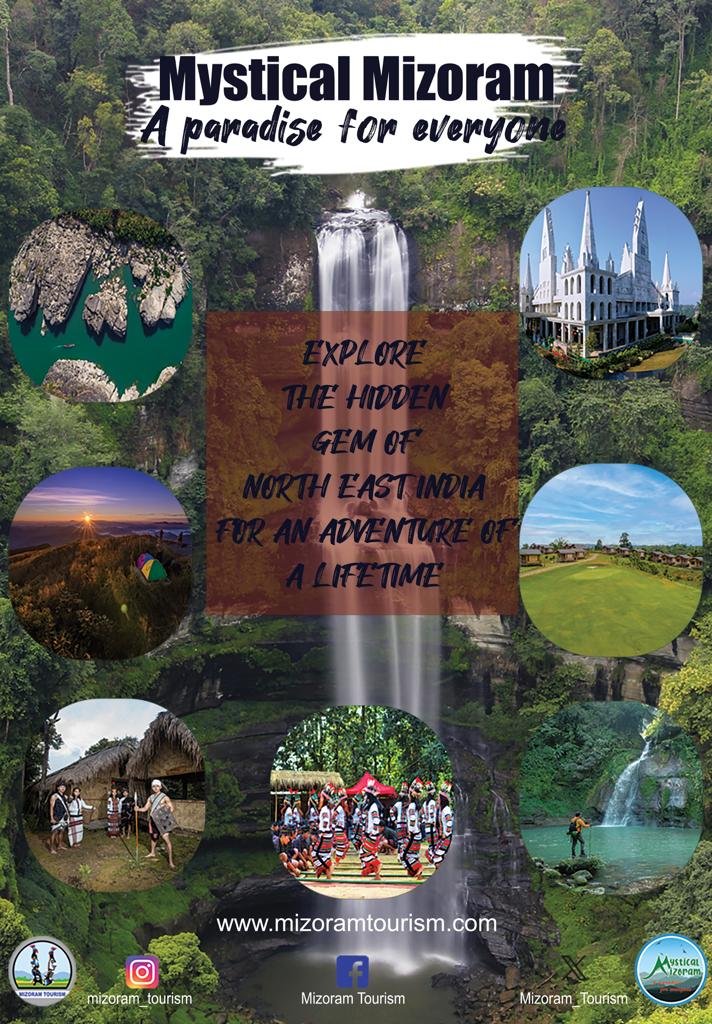

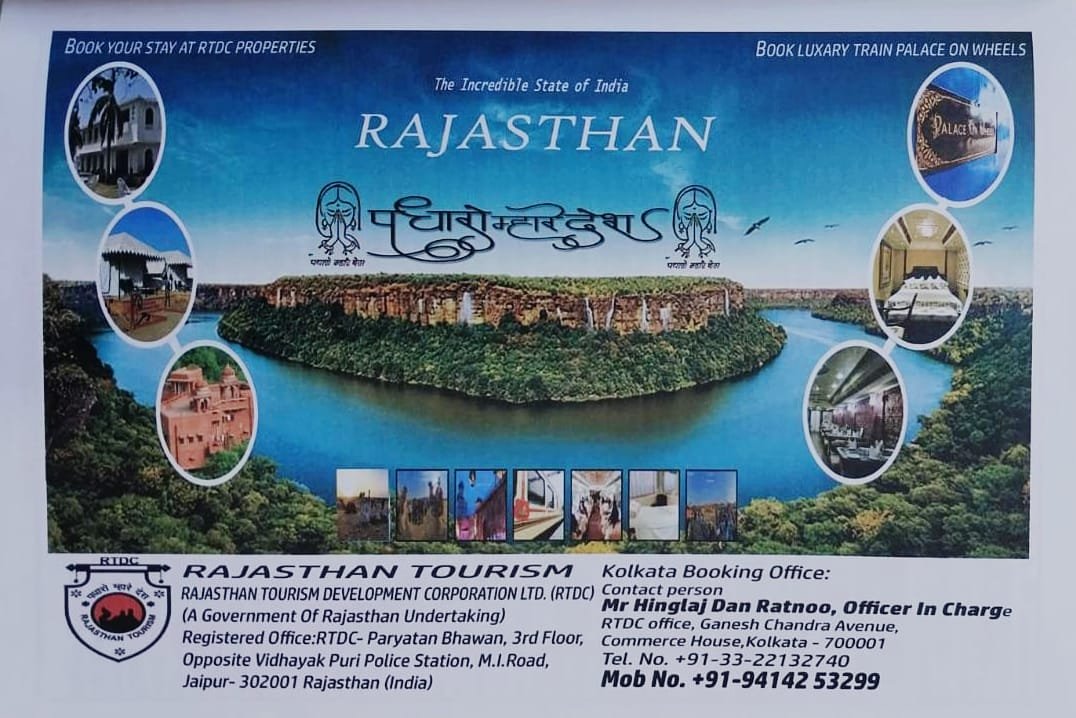

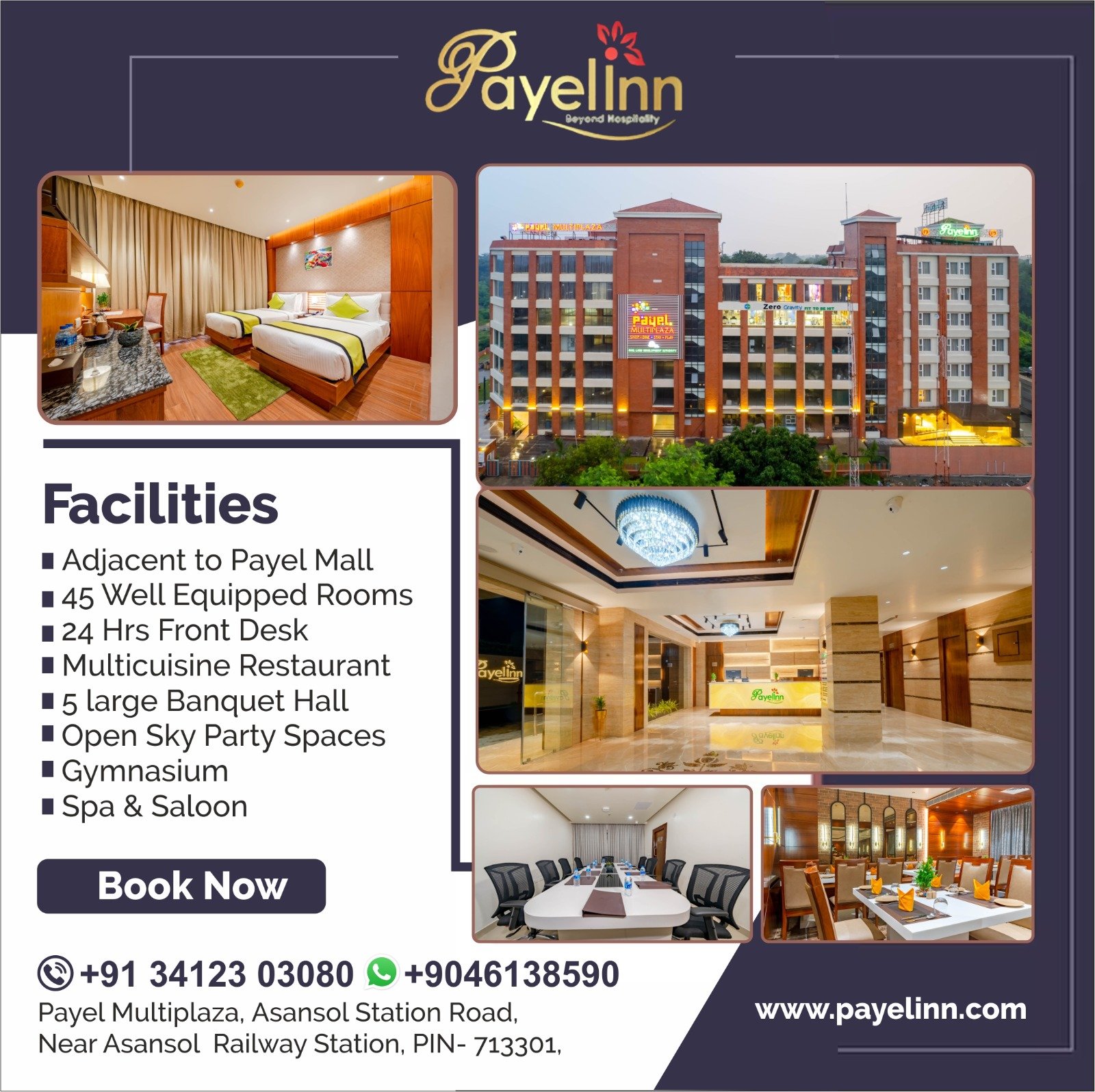





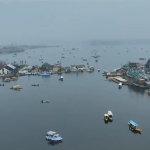

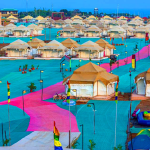

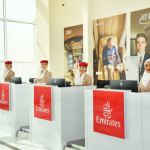




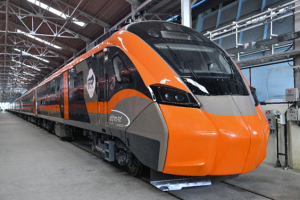
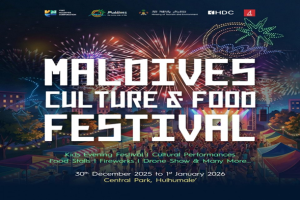
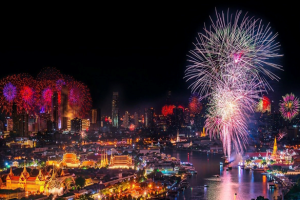







Add Comment